STEP Ill OF GETTING A NEW PLAYGROUND
Construction and installation of modern playgrounds require a certain level of responsibility. Today's guidelines, standards, and laws that govern safe play environments require contractor expertise and liability accountability. Playground owners should include construction and installation issues into committee talks as part of the playground plan, design, and ultimately your job specifications.
Playground manufacturers have spent and continue to spend hundreds of thousands of dollars to promote, provide, and prove that playground equipment complies with the appropriate standard(s). There are now six playground ASTM Standards related to playgrounds (See Table 1 ). Such efforts may be invalidated if the installation of equipment is performed by persons unfamiliar with these documents. Additionally, the detailed drawings and installation manuals that accompany every piece of play equipment require expertise not common to untrained individuals. Most manufacturers offer installation certification for the construction of their equipment to ensure a successful project completion.
Existing ASTM Playground Standards:
- ASTM F1487-98 Standard Consumer Safety Performance Specification for Playground Equipment for Public Use
- ASTM F1292-99 Standard Specification for Impact Attenuation of Surface Systems under and around Playground Equipment
- ASTM F1918-98 Standard Safety Performance Specification for Soft Contained Play Equipment
- ASTM F1951-99 Specification for Determination of Accessibility of Surface Systems under and around Playground Equipment
- ASTM F1148-98c Standard Consumer Safety Performance Specification for Home Playground Equipment
- ASTM F2049-00 Standard Guide for Fences/Barrier for Public, Commercial & Multi-Family Residential Use Outdoor Play Areas
Be sure to check the credentials of your playground installer to ensure they are qualified to do this project. The installer is the final link between the manufacturer and you and your children utilizing the playground (See Table 2).
Contractor Specifications List May Look Something Like This:
- Licensed with your stat or local building requirments
- Insured with playground construction insurance
- Certified with NPSI as a CPSI
- Manufacturer certified
- Experience and references
Once your play equipment has been ordered, plan for where your equipment will be unloaded. This may require the use of heavy equipment or lots of manpower. Where are you going to secure and store the equipment? How is it going to get to the job site? In addition, the job site must be properly prepared for the arrival of construction crews. Such things as safety areas, surfacing materials, and drainage for the surfacing all need to be addressed prior to the playground equipment being purchased. Be aware of issues that may affect your construction.
Can heavy equipment access the construction site without ruining sidewalks, turf or sprinkler systems? Where will the footing dirt be exposed? Are there any phone, electrical, or other utilities in the play area? Focus on these types of issues and be sure to communicate and coordinate with your construction crews.
A part of playground safety that sometimes gets neglected is the partially installed play structure during construction . Once the equipment is exposed to the view of children, you run the risk of children coming into the construction area to satisfy their curiosity towards "their" new playground. All construction areas need to be fenced with a minimum four-foot safety fence that encloses the entire area, also utilize signs that identify the site as a "CONSTRUCTION AREA." Plastic police tape or ribbon is not an acceptable barrier to stop children from accessing a playground construction site. Child safety must be priority one at any playground construction site, be it new construction or even when repairs and maintenance are taking place.
Kids can hardly wait to get at new playground equipment.


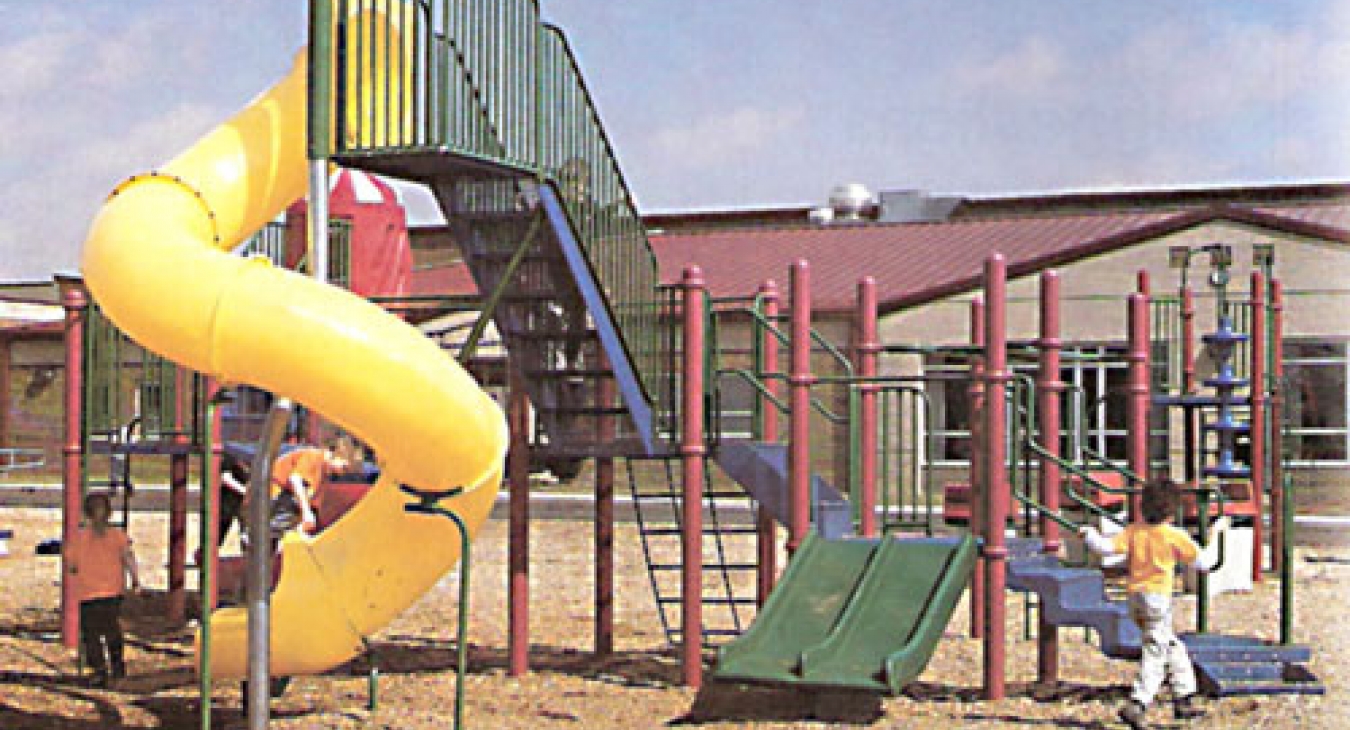


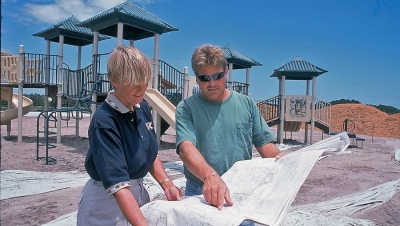
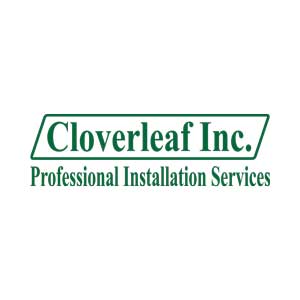




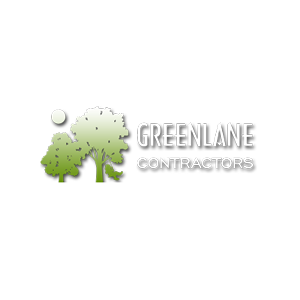
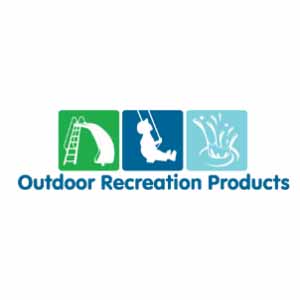
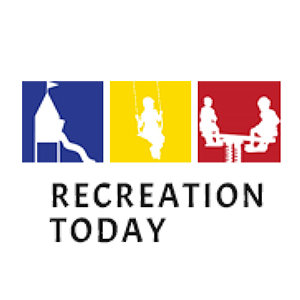
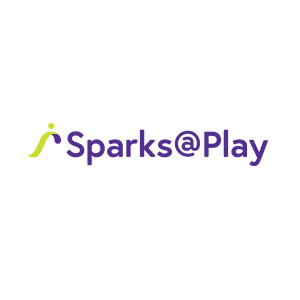
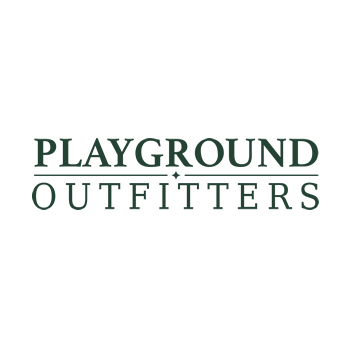
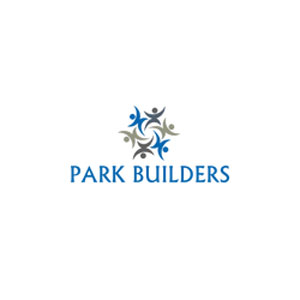
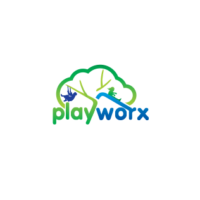
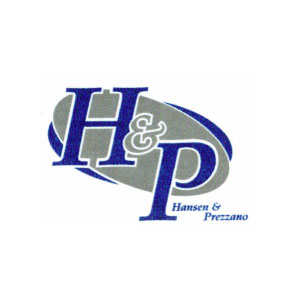
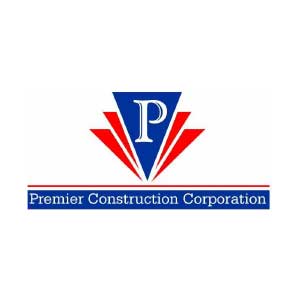
Add new comment